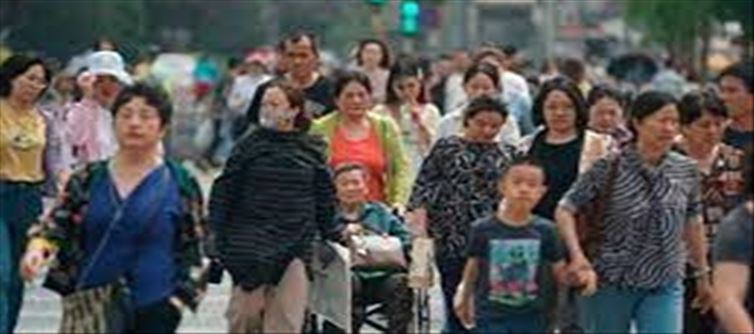
Know about Chinese government population policies as well...
.jpg)
One Child Policy: In 1980, the Chinese government enacted the One Child Policy in response to concerns about the country's growing population. Chinese authorities have hailed the 36-year campaign as a success and asserted that it reduced the country's population by 40 crores, helping to end the acute lack of food and water for other citizens. But this program was also attacked because china was using inhumane practices like sterilization and forced abortion at the time.
Two Child Policy: The Chinese government implemented the "Two Child Policy" in 2016, allowing for the custody of two children by a single parent. But even with this strategy in place, population growth remained mostly unchanged.
The Three Child Policy was introduced in response to data from China's 2020 census indicating that the nation's population growth rate was still quickly declining even after the implementation of the Two Child Policy in 2016. The UN continues to predict that China's population will continue to decline after 2030 despite this program.
What effects will the nation's demographic reduction have?
Lack of workers: Young people are the first to suffer from a country's low population. A reduction in the country's youth population will lead to a labour shortage and have an impact on the economy of the nation.
Increase in social expenditure: As the population ages, so does the need for health care and pensions across the nation. In such a scenario, the nation's social expenditure system will be more burdened as fewer people work and a greater number get pensions.
Challenge for middle-income nations: Given that the majority of Chinese citizens are middle-class, the country's economy may be impacted by the country's population drop. which rely on regions with a high labor force.




 click and follow Indiaherald WhatsApp channel
click and follow Indiaherald WhatsApp channel